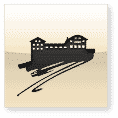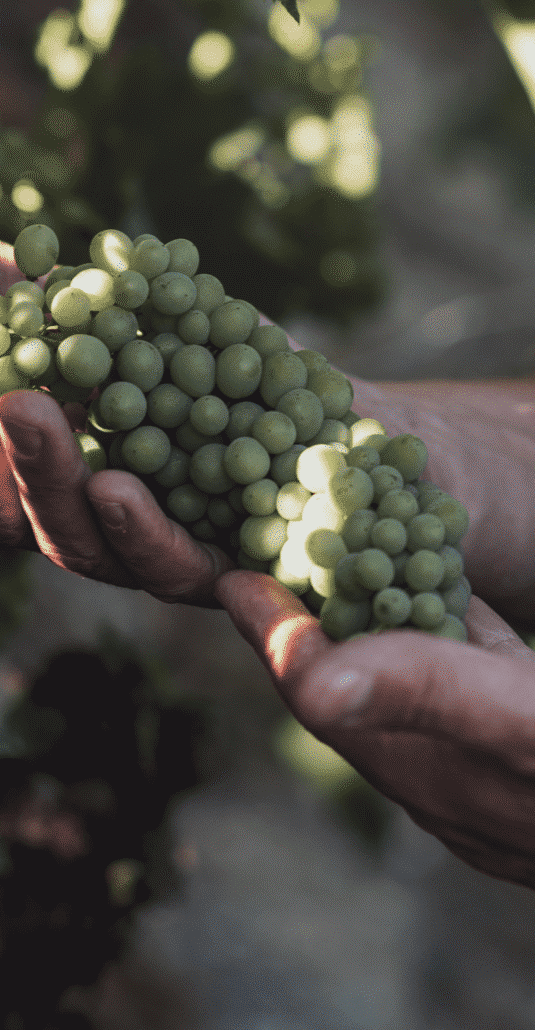Lafnetscha: The autochthonous Urwalliser.
2020 could be the year of Swiss wine – because of the Corona crisis. The unusual times encourage patriotism. Tour operators propagate vacations in their own country. Increased attention is also to be paid to local, regional producers – from vegetable growers to winegrowers – to ensure their survival.
Swiss wine producers are also under pressure. The catering trade has at times completely disappeared as a sales channel and is still cautious with orders today. Private consumers can only partially compensate for the shortfall. It is therefore the order of the day to enjoy local wines. This can be done with a very good conscience, because what is produced in this country deserves respect and recognition.
The Valais is well positioned, with its specialties and authochthonous varieties at the cutting edge. Its greatest asset is the diverse range of different soils, sites and microclimates, known in the jargon as “terroir”. These are ideal conditions for numerous grape varieties to feel at home and develop optimally. Over 50 different varieties are cultivated in Valais. However, there had been a time when old native varieties such as Petite Arvine, Amigne, Resi, Cornalin and Humagne rouge were replaced by then more contemporary examples such as Chardonnay or Merlot. However, thanks to the tireless efforts of producers with a strong sense of tradition, most of the old varieties have been saved.
Fortunately, because today this treasure is recognized as a trademark and unique selling point in an increasingly competitive and globalized market. In fact, autochthonous varieties are enjoying increasing demand. In Valais, in addition to the now familiar names such as Petite Arvine (in the Mathier house: Aphrodine) and Heida, there are also absolute exotics. Have you ever heard of Lafnetscha? The white variety is only relict and unique in the world in the Upper Valais. According to the book “Wine Grapes” by the British Master of Wine Jancis Robinson, the real Urwalliser was first mentioned in 1627. According to DNA analyses, it is a natural cross between Completer and Humagne blanche.
The name of the very old variety is derived from the Upper Valais dialect expression “Laff nit scha”, which means “do not drink it already”. Meaning: The wine should not be drunk too young, because it needs a longer aging due to its considerable content of natural acidity. Lafnetscha has some other notable advantages for the winemaker: In addition to freshness, it has a complex aroma and gives a stable wine with a good drinking flow. The disadvantages are the unpronounceable name and the fact that no consumer actually knows the plant.
This does not prevent Albert Mathier & Sons in Salgesch from betting on this exotic as a niche product. Lafnetscha has been experimented with for about ten years.
In 2018, the wine from the same vineyard was aged in three different containers: steel tank, barrique and amphora (see interview below). In 2019, Mathier produced another vintage that will be bottled exclusively in mag- nums. The result is extremely promising, as a tasting of the white specialty proved. The Lafnetscha presents itself with a medium yellow color and reveals on the nose a complex aroma of fruity notes (apple, bergamot) and lime blossom. What makes this consistently dry, medium-bodied, complex wine stand out is its perfect acidity structure. This gives a great drinking flow and a nice length with mineral accents. Maturity potential is difficult to estimate, but eight or ten years should easily be possible for the drop from this idiosyncratic and strongly growing variety. It can be combined just as idiosyncratically, for example with cheese and onion tart or shellfish.
The wine family Albert Mathier & Sons has in mind to position the wine as its own “character actor” in its assortment. It is certainly a greater challenge to press and market such a growth than an 08/15 Chardonnay or a majority-capable white with sweet reserve. Leaving the beaten track, however, also offers better opportunities for profiling. Provided that the result in the glass is right. This is undoubtedly the case with the premiere of the Lafnetscha 2019.


